Europe, British Isles, North-East England, Northumberland, Tynedale, St Oswald's Church Heavenfield [Map]
St Oswald's Church Heavenfield is in Heavenfield [Map].
St Oswald's Church Heavenfield [Map] is believed to mark the location where King Oswald of Northumberland raised his standard at the Battle of Heavenfield.
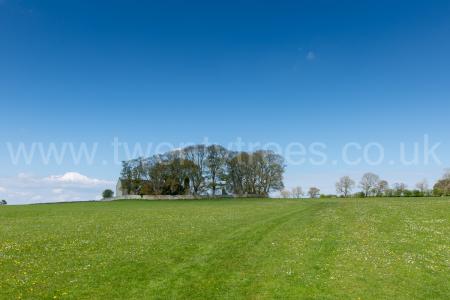
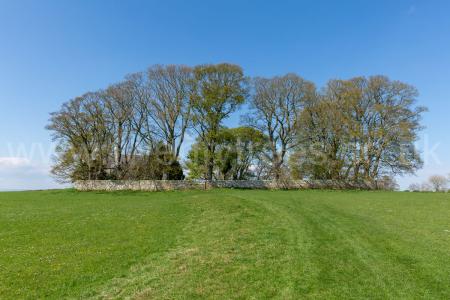
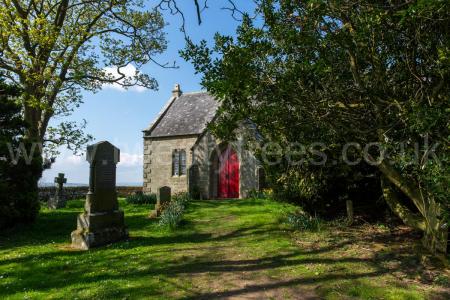
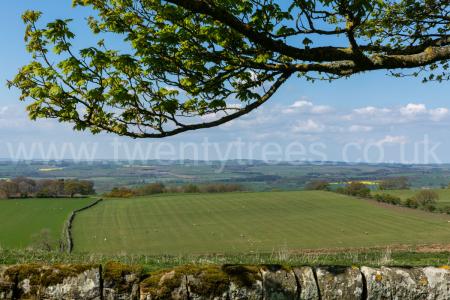
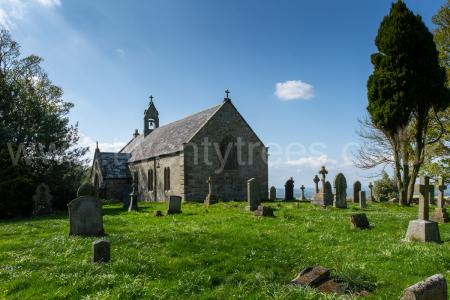
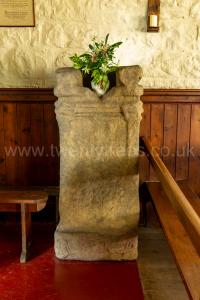
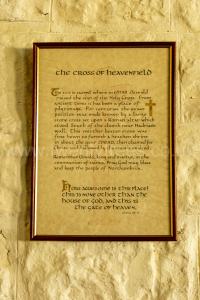 The Cross of Heavenfield. Around 200AD. Formerly set upon a Roman altar.
The Cross of Heavenfield. Around 200AD. Formerly set upon a Roman altar.
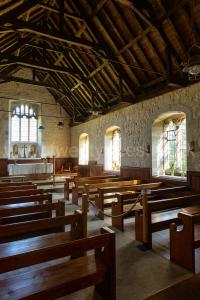
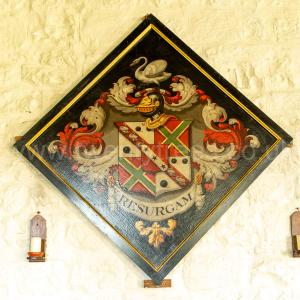
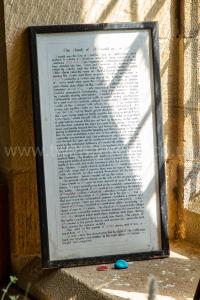
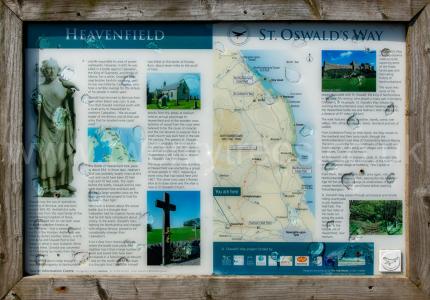
Bede. 634. AD. The place is called in the English tongue Hefenfelth [Map], or the Heavenly Field [Map]290, which name it undoubtedly received of old as a presage of what was afterwards to happen, denoting, that the heavenly trophy was to be erected, the heavenly victory begun, and heavenly miracles shown forth to this day. The place is near the wall in the north which the Romans formerly drew across the whole of Britain from sea to sea, to restrain the onslaught of the barbarous nations, as has been said before. Hither also the brothers of the church of Hagustald291, which is not far distant, long ago made it their custom to resort every year, on the day before that on which King Oswald (age 30) was afterwards slain, to keep vigils there for the health of his soul, and having sung many psalms of praise, to offer for him in the morning the sacrifice of the Holy Oblation. And since that good custom has spread, they have lately built a church there, which has attached additional sanctity and honour in the eyes of all men to that place [Map]292; and this with good reason; for it appears that there was no symbol of the Christian faith, no church, no altar erected throughout all the nation of the Bernicians, before that new leader in war, prompted by the zeal of his faith, set up this standard of the Cross as he was going to give battle to his barbarous enemy.
Note 290. For another instance of a name with an inner meaning, cf. II, 15. The site of the battle is probably seven or eight miles north of Hexham (v. next note), Oswald (age 30) having taken up his position on the northern side of the Roman wall between the Tyne and the Solway (i.e., the wall attributed to Hadrian, cf. I, 12, p. 25, note). According to tradition the battle was finally won at a place called Halydene (Hallington?), two miles to the east.
Note 291. Hexham [Map]. Wilfrid built a magnificent church there between the years 672-678 on land given by Ethelthryth, wife of Egfrid, king of Northumbria. It became the see of a bishop in 678 when the great northern diocese was subdivided by Theodore (v. IV, 12). Bede's own monastery of Wearmouth and Jarrow was in the diocese of Hexham. The bishopric became extinct in 821.
Note 292. The place is still called St. Oswald's [Map], and a little chapel probably marks the spot.